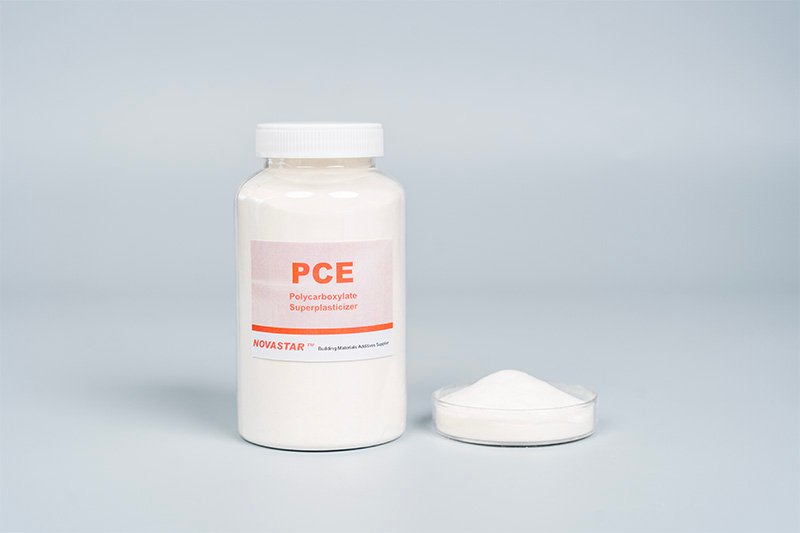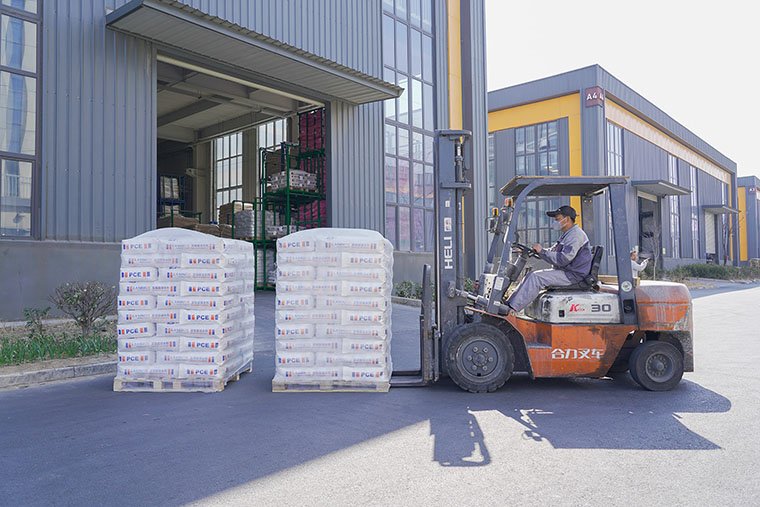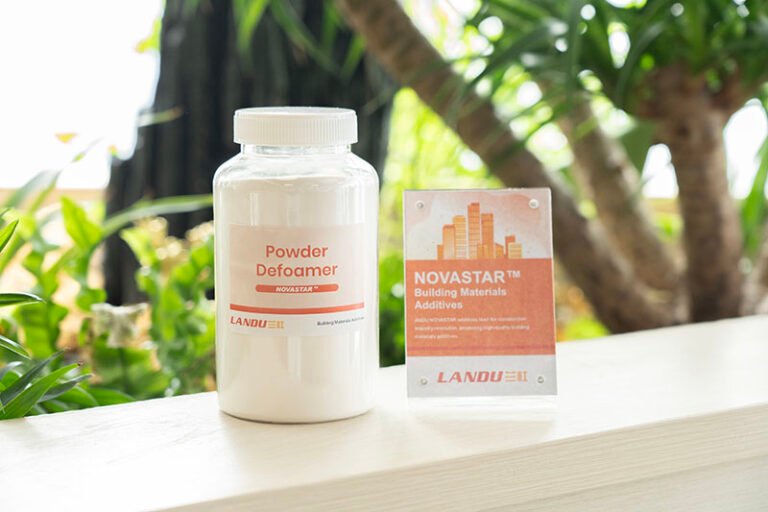
Executive Summary
Superplasticizer additives represent cutting-edge dispersants that elevate efficiency by mastering granule separation and liquidity. In cement-based mixtures, they minimize hydration requirements while sustaining or enhancing manipulability—yielding superior robustness, prolonged lifespan, and exceptional transferability. In surface layers, they serve as robust pigment separators, steadying mixtures for uniform hue, shine, and layer wholeness. In commercial hydration management, they operate as deposit preventers and separators, maintaining undissolved minerals floating and disrupting deposit buildup to safeguard machinery and uphold productivity. LANDU superplasticizer lines are crafted for dependability in these fields, with molecular designs refined for harmony, endurance, and quantifiable efficiency improvements.
This detailed overview bridges superplasticizer science to hands-on blending recommendations across the outlined sectors: concrete projects, surface formulations, and hydration oversight. Readers will explore operational principles at granular and system scales; how molecular frameworks, charge profiles, and environmental resilience influence results; strategies for variant choice and measurement; and integrations with flow enhancers, RDP, defoamers, and inhibitors. Additional elements include preparation and validation methods, weather and material adaptations, failure diagnostics with solutions, illustrative examples, rollout frameworks, and economic analyses. The objective remains clear: convert superplasticizer properties into consistent, replicable site successes with reduced flaws, minimized adjustments, and optimized processes.
1) Defining Superplasticizers and Their Relevance
Superplasticizers consist of sophisticated polymers that adsorb onto surfaces, fostering separation and liquidity in diverse mediums. These additives, often featuring charged groups or branched chains, transform clustered particles into freely moving entities, unlocking performance leaps. Two foundational traits underscore their value in building, layering, and hydration fields:
From these emerge four practical contributions:
What sets superplasticizers apart in evolving industries? Amid pushes for sustainability and precision—like low-carbon concretes or eco-friendly treatments—these additives bridge gaps, enabling high outputs with fewer resources. For instance, in a high-rise pour, without them, segregation could weaken structures; with LANDU variants, the mix flows seamlessly, reducing waste and emissions.
2) Operational Principles of Superplasticizers in Key Sectors
Grasping the science aids in optimal selection and application, turning potential hurdles into strategic edges.
2.1 Principles in Cement Engineering
2.2 Principles in Surface Formulations
2.3 Principles in Commercial Hydration Management
2.4 Vulnerabilities to Note
3) Molecular Families and Sector Fits
4) Uses in Cement Engineering
LANDU variants find homes in:
Benefits Delivered
Choice Advice for Cement
Standard Measure Spans (Active, by Binder Mass)
Mix Design and Processing Advice
5) Uses in Surface Formulations
Role in Aqueous Layers
Choice Advice for Layers
Standard Measure Spans (Active on Pigment)
Process and Validation
6) Uses in Commercial Hydration Management
Locations
Functionality
Standard Measure Spans (Active)
Choice Advice for Hydration
Monitoring and Validation
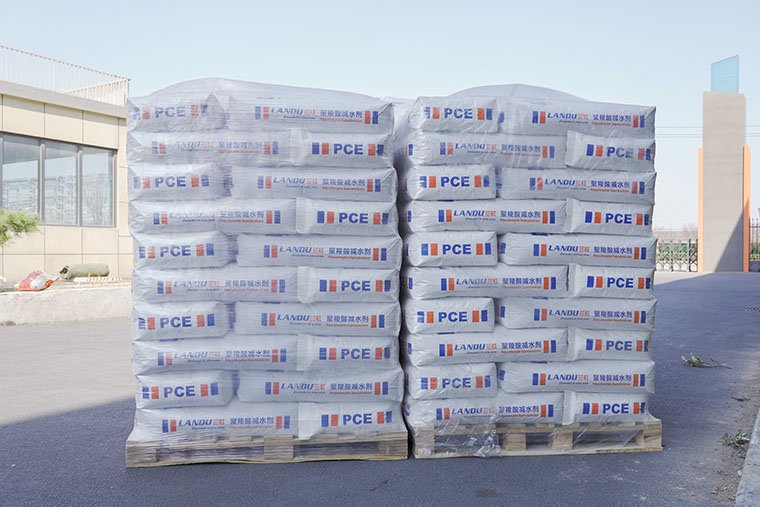
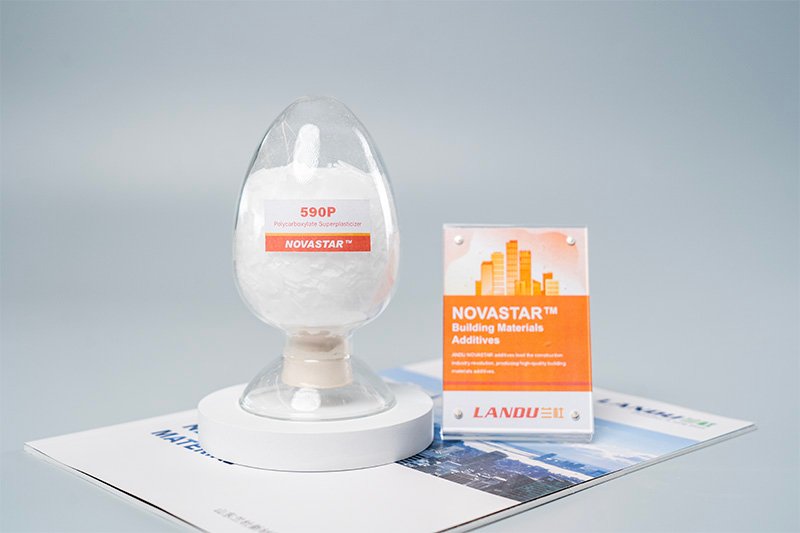
7) Blend and Integration Advice
For Cement
For Layers
For Hydration
8) Wellness, Management, and Preservation
9) Problem-Solving Guide
Cement
Layers
Hydration
10) Eco-Friendliness and Economic Value
11) Illustrative Examples
Long-Transfer Self-Leveling in Warm
Challenge: Loss and tearing after 60 minutes.
Action: Switched to longer-hold type with split (70% batch, 30% site) and chilled liquid; added light modifier for resistance.
Result: Flow retained >650 mm for 90; pressure steady; smooth, no voids.
High-Load Interior Varnish with Oxide
Challenge: Clustering and poor hue post-tinting.
Action: Re-optimized curve with higher-value separator; adjusted acidity to 8.8 at grind and cut ion load.
Result: Gauge 7.5 at lower energy; better strength and shine; no after 3 months.
Tower with Recurrent Deposit
Challenge: Rising temperatures and frequent cleaning.
Action: Introduced blended separator with inhibitor at 10 mg/L; adjusted acidity to 8.6 and upped cycles; installed based bleed.
Result: Efficiency recovered; deposition halted; annual use down by optimizing.
12) Rapid Reference: Typical Initial Measures
13) Why Select LANDU Superplasticizers
14) Rollout Blueprint
15) Call to Action
Be it advancing robustness in long pour, steadying high-load layer for flawless quality, or running tower at higher cycles sans deposit, LANDU provides dispersion and latitude needed. Share data—cement/additives, goal flow/hold, constraints, layer load/resin/pigment, or quality/indices—and team will suggest 2–3 tailored, measures, and validation to deliver repeatable results.
